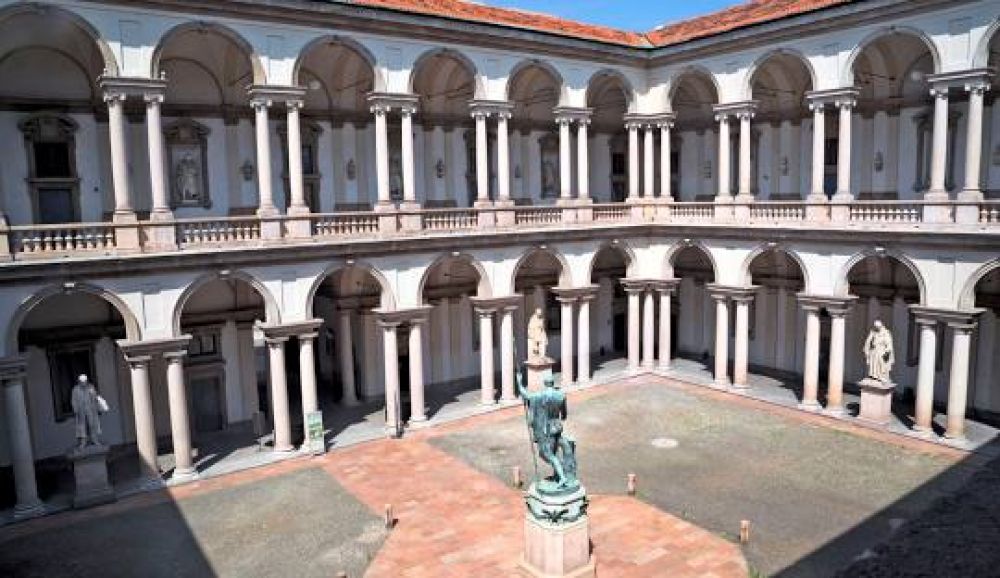

The Brera Art Gallery, or Pinacoteca di Brera, is one of Italy's most prestigious cultural institutions. Situated in the heart of Milan within the Palazzo Brera, the gallery houses an impressive collection of Italian Renaissance art. The gallery's inception dates back to the 18th century when it was established by Maria Theresa of Austria. Since then, it has been a center of artistic study and appreciation, playing a significant role in the advancement of the arts in Italy and beyond.
Established in 1809 by Napoleon Bonaparte, the Brera Art Gallery was initially conceived as a means to enhance the cultural stature of Milan and to serve as an educational resource for students of the Academy of Fine Arts. Napoleon's intent was to celebrate the achievements of Lombard and Venetian artists, which is reflected in the gallery's extensive collection. The rich history of the gallery is intertwined with Italy's own cultural and political transformations, with art acquisition and curatorial practices evolving through various historical epochs.
Originally, the Brera Art Gallery's visitors were primarily art students and academics, with access to the broader public being somewhat limited. Over time, as awareness and appreciation for art grew, the gallery began to draw travelers from around the globe, making it a premier destination for both art connoisseurs and general tourists. The inclusion of masterpieces such as Raphael's "The Marriage of the Virgin" and Caravaggio's "Supper at Emmaus" has further cemented the gallery's international prestige.
In recent years, the Brera Art Gallery has embraced the digital age, offering virtual tours and digital archives to reach a global audience. This digital transition became particularly significant during the COVID-19 pandemic, as travel restrictions limited the ability of visitors to experience the gallery in person. The advent of virtual experiences has democratized access to the gallery's treasures, making them accessible to art enthusiasts irrespective of geography.
The Brera Art Gallery and the city of Milan are becoming increasingly conscious of the importance of sustainable tourism. Efforts such as crowd management, conservation initiatives, and the promotion of off-peak visits are aimed at preserving the museum's integrity and the visitor experience for future generations. Sustainable practices ensure that the artistic heritage housed within the Brera remains an enduring source of inspiration and education.
When planning a visit to the Pinacoteca di Brera, tourists are advised to allocate sufficient time to fully immerse themselves in the exceptional artworks on display. The gallery often hosts specialized exhibitions and cultural events that showcase both historical works and contemporary pieces, bridging the gap between the past and present.
The Brera Art Gallery stands as a testament to Italy's rich artistic tradition, contributing significantly to the fabric of Milanese and Italian culture. Its evolution from an educational repository to a world-class public tourist attraction underscores the enduring appeal of timeless art. For those seeking to experience the pinnacle of Italian Renaissance art, the Brera Art Gallery is an essential stop on any cultural tour of Italy.